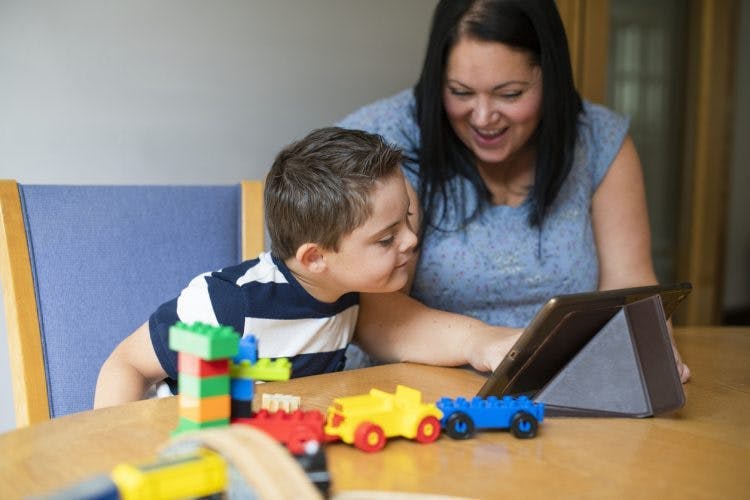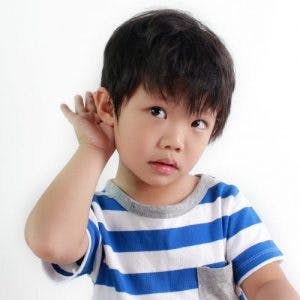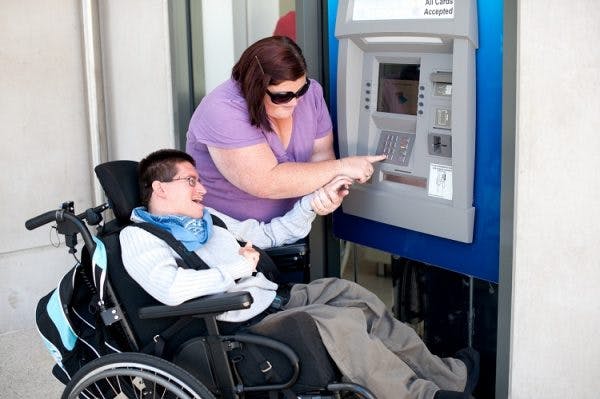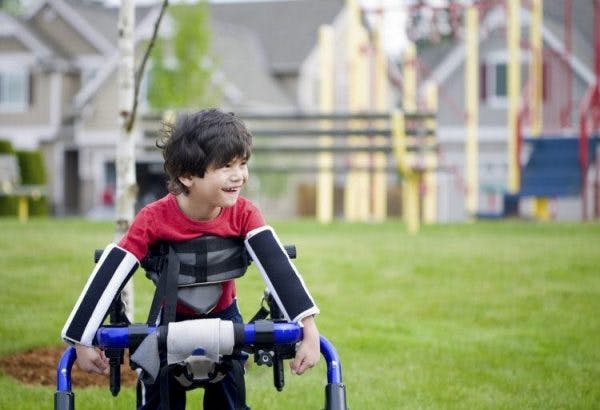Cerebral palsy can affect various muscles of the body, including the ones that control the mouth, tongue, and vocalizations. This can make it difficult for individuals to speak, resulting in non-verbal cerebral palsy.
Fortunately, there are alternative ways to express one’s thoughts and needs without speaking.
This article will explain what non-verbal cerebral palsy is and share some interventions that can help improve your child’s communication skills.
What Causes Non-Verbal Cerebral Palsy?
Non-verbal cerebral palsy is caused by severe dysarthria, which describes difficulties controlling the muscles necessary to speak. Likewise, many children who are non-verbal also struggle with breathing, excessive drooling, chewing, and swallowing (dysphagia).
Dysarthria can range from mild to severe. Generally, those with milder forms of dysarthria speak with slight impediments such as breathiness or slurred speech. In contrast, those with more severe forms of dysarthria may not be able to speak at all.
It’s also important to keep in mind that speech impairments aren’t always related to cerebral palsy. Instead, it can be caused by other forms of damage to the brain. Although dysarthria is generally caused by some sort of brain damage, general speech impediments can be caused by a variety of other factors, such as genetics, hearing loss, or delayed development of oral musculature.
About 25% of individuals with cerebral palsy are non-verbal. However, that does not mean they don’t have anything to say or are incapable of understanding what you say to them.
Up next, we’ll discuss the link between cerebral palsy and intelligence.
Non-Verbal Cerebral Palsy and Intelligence
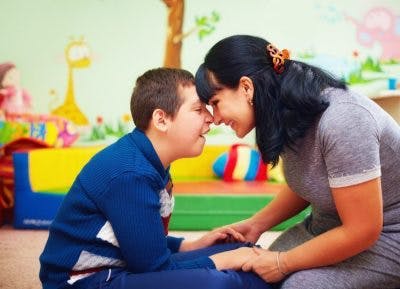
Just because a person with cerebral palsy is non-verbal does not mean that they have intellectual disabilities or hearing difficulties.
Although a person with dysarthria can have cognitive or hearing difficulties caused by other sources of damage to the brain, dysarthria solely refers to the inability to speak due to oral motor impairment.
Many people with non-verbal cerebral palsy can fully understand what you say to them and know exactly what they want to say back but are unable to because they cannot control their oral muscles.
Speech and language are two separate skills. Speech is the ability to produce and articulate sounds while language is the system of words that express meaning. Those with non-verbal cerebral palsy have speech deficits but don’t necessarily have language difficulties. Similarly, just as those with dysarthria have trouble with producing expressive verbal speech, they may not have deficits in receptive language skills (understanding language).
As a result, many individuals who are non-verbal can learn to use alternative forms of communication to interact with others.
In the following section, we’ll discuss how individuals with non-verbal cerebral palsy can improve their communication skills.
Managing Non-Verbal Cerebral Palsy

With the right accommodations, many individuals with non-verbal CP can learn to effectively communicate.
Being non-verbal can be extremely frustrating. Imagine knowing exactly what you want to say, but not being physically able to say it.
As a result, children may resort to behaviors like restlessness, frowning, moaning, or holding their breath to express their frustration.
At speech therapy, non-verbal individuals can learn new techniques for improving their communication skills. A speech-language pathologist will assess your child’s communication skills and develop a personalized program to help them improve.
A personalized approach is essential because everyone experiences cerebral palsy differently. For example, many children with dysarthria also struggle with movement in other areas of the body. As a result, they may be unable to use methods like sign language to communicate.
Augmentative and alternative forms of communication a child with non-verbal cerebral palsy may learn to use at speech therapy include:
- Communication boards (these may be organized in a PODD book or in a technological device)
- Voice synthesizers
- Button communication devices
- Gestures and pointing
- Sign language
- Flashcards, pictures, and symbols
- Eye movements
Learn more about speech therapy for cerebral palsy »
Next, we’ll discuss how technology is transforming how individuals with non-verbal cerebral palsy communicate.
Using Technology to Improve Communication Skills
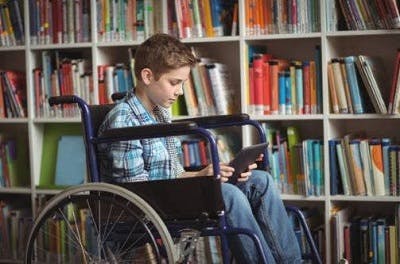
High-tech tools like tablets and eye-scanning devices make it easier than ever for people with non-verbal cerebral palsy to communicate.
It takes a bit of getting used to, but once individuals learn how to use these technologies, they can freely express their thoughts and needs.
Typically, these programs will display a set of commonly used words and icons that your child can piece together to create sentences. They also usually have keyboard options that allow users to spell out words that aren’t in the system’s vocabulary. Then, the device will read the sentence out loud.
Individuals with cerebral palsy who do not have the fine motor skills to use tablets or keyboards can utilize eye-scanning technologies. Users can add words to their queue by holding their gaze at the intended key for a few seconds.
These devices often can be connected to a wheelchair for easy access in any location.
Non-Verbal Cerebral Palsy: Key Points
Just because an individual with cerebral palsy is non-verbal does not mean that they don’t have anything to say.
Many people with dysarthria have average or above-average intelligence and have no problems understanding you.
We hope this article helped you understand that many people with non-verbal CP have normal cognitive functions and with the right support, can learn to be great communicators.
